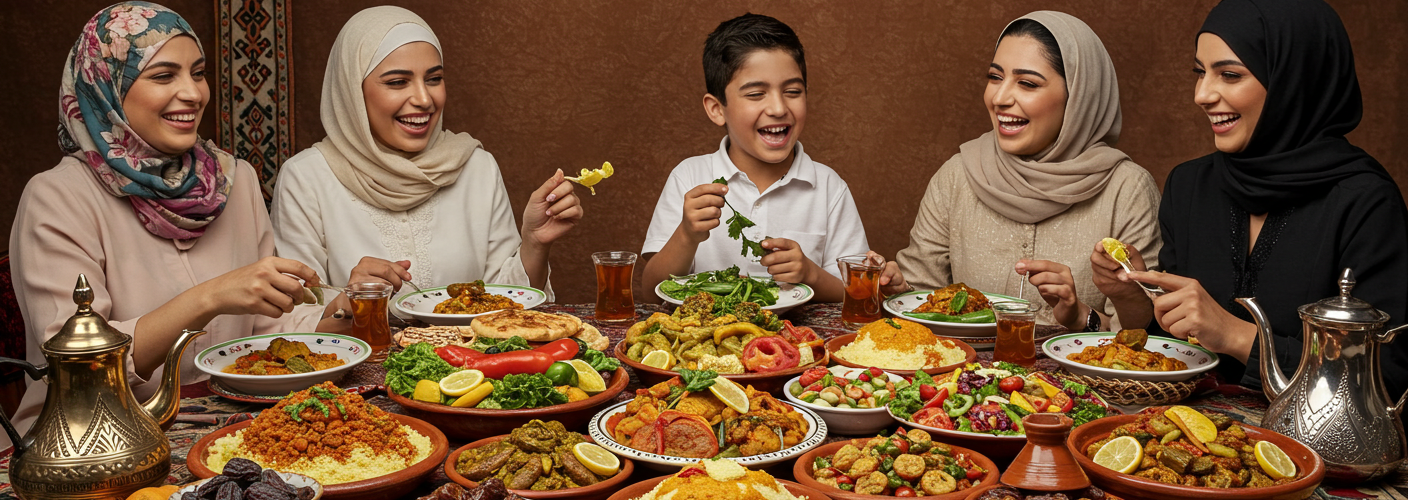Libya, a North African country bordered by the Mediterranean Sea, is a land of rich history and diverse cultures. This diverse heritage is reflected in its vibrant food scene, which offers a delightful blend of flavors, spices, and cooking techniques. For those interested in expanding their culinary horizons, exploring Libyan food is a journey that promises both satisfaction and a deeper appreciation of this unique culture.
Traditional Staples
At the heart of Libyan cuisine are several staple ingredients that form the basis of many dishes. Wheat and barley are commonly used to make traditional breads like [a local bread item], often enjoyed with meals throughout the day. These breads are usually round, flat, and baked in a traditional oven, showcasing a texture and flavor that’s incredibly satisfying.
Rice also plays a significant role in Libyan meals, particularly in dishes like [a rice dish], where it is often spiced and mixed with meats and vegetables, embodying the depth of flavors characteristic of the region.
Signature Dishes
Libyan food shines through its signature dishes, which highlight the use of spices and fresh ingredients. One of the most iconic dishes is couscous, which is typically steamed and served with a stew consisting of either lamb, chicken, or fish, all flavored with a variety of spices such as cumin, coriander, and saffron. This dish is not only a staple for special occasions but also a comfort food in many households.
Another beloved dish is shorba, a traditional soup made with tomatoes, lentils, and sometimes meat, providing warmth and nourishment. This hearty dish is enjoyed especially during the colder months.
For those with a sweet tooth, basbousa, a semolina cake soaked in syrup and often adorned with almonds, is a must-try. It represents the sweeter side of Libyan cuisine and is commonly served during celebrations and gatherings.
Street Food and Snacks
No exploration of Libyan food would be complete without mentioning street food, which offers a fantastic opportunity to sample the country’s culinary essence. Snacks such as baked pastries filled with spiced meats or vegetables can be found throughout local markets, providing an irresistible treat for passersby.
In addition, fried [a popular snack item] often captures the attention of those seeking a quick bite. These snacks are typically enjoyed during social gatherings or as a light meal, allowing one to experience the communal aspect of Libyan dining.
Influences and Fusion
Libyan cuisine is heavily influenced by its geographic location, history, and trading links with other cultures. The use of spices and ingredients mirrors those found in Mediterranean and Middle Eastern cuisines, showcasing a delightful fusion that has developed over the centuries. This blending of tastes results in an eclectic array of dishes that are both flavorful and reflective of Libya’s diverse cultural tapestry.
The Experience
Dining in Libya is often a communal experience. Meals are typically shared among family and friends, reflecting the importance of relationships and hospitality in Libyan culture. Visitors to Libya will find that meals are not merely about sustenance; they are a way to connect, share stories, and celebrate togetherness.
In conclusion, Libyan cuisine offers a rich tapestry of flavors and traditions, making it a fascinating subject for food enthusiasts. Whether indulging in beloved staples or exploring street food, the experience of Libyan food is sure to leave a lasting impression. So, step into the world of Libyan flavors, and embrace the charm and warmth that come with every bite.




Add comment